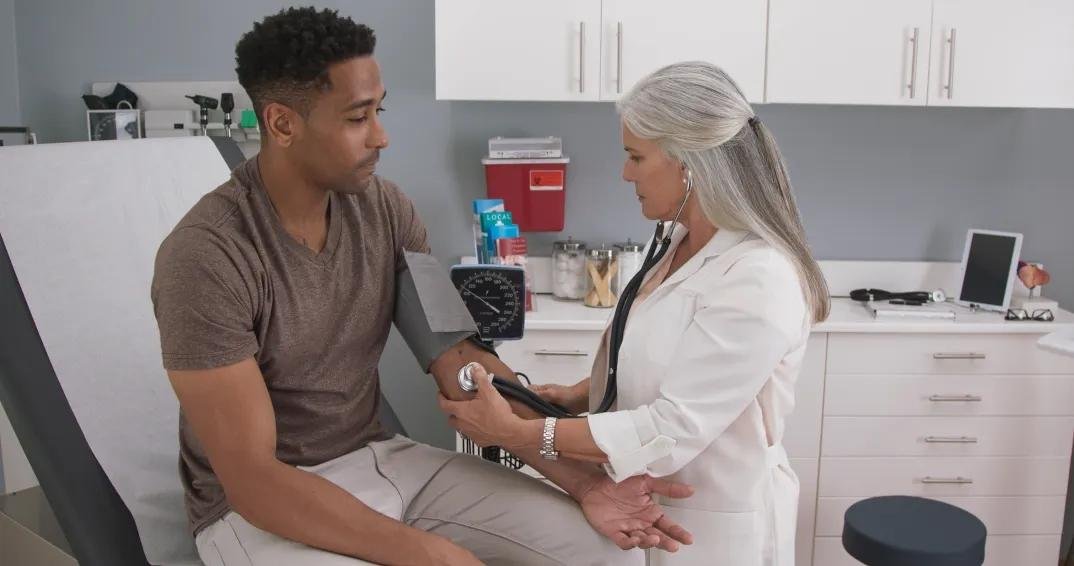HHS Antidiscrimination Rules On Patient Care Decision Tools, Including AI
The U.S. Department of Health and Human Services (HHS) Office of Civil Rights (OCR) just issued a new rule which broadly addresses discrimination, inequity, and bias embedded in the equipment and software medical professionals have come to rely on.
"How can equipment and software discriminate against patients" you might be wondering? Well if you follow my page then you're already familiar with one of the rule's more glaringly highlighted examples: Pulse Oximeters. What may be less obvious are examples where manufacturers have followed poor clinical guidance as with Kidney/Nephrology diagnostics, and updated guidance and corrections have not yet propagated to products.
What does the rule require?
The rule requires that Covered Entities (healthcare providers) that use tools for activities such as screening, risk prediction, diagnosis, prognosis, clinical decision-making, treatment planning, health care operations, and allocation of resources “make reasonable efforts to identify” uses of patient care decision support tools in its health programs or activities that discriminate on, or employ input variables or factors that measure race, color, national origin, sex, age, or disability.
Note: As with Pulse Oximeters and patient risk calculators, race (etc...) might be measured by proxy rather than as a direct variable.
These entities must then make reasonable efforts to mitigate the risk of discrimination resulting from the tool’s use in its health programs or activities.
How to keep yourself in the clear:
Manufacturers (more specifics for you in a future issue):
Begin reviewing your products to ensure you're not putting your customers at risk of enforcement actions.
Review your clinical data to see where you may have blind spots.
Providers:
Check the news to see if some of your products have already been highlighted. cough cough pulseOx cough
Begin an impact analysis to determine which of the tools you rely on have the biggest impact on patient outcomes, and reach out to manufacturers for more information.
Develop a management system to ensure your vendors keep your patient demographic a part of their design imperative.
Or ... reach out to us at Thomas Regulatory Consulting Group (TRCG) for guidance on protecting you, your customers, and the patients they serve.

